13 Regional Pizza Styles Every Food Lover Should Try
Pizza is more than just a popular meal; it’s a reflection of regional flavors and traditions. From the thin, crispy crust of New York to the hearty deep-dish of Chicago, each style offers a unique twist on the classic pie. Whether you’re a fan of traditional toppings or adventurous ingredients, exploring different regional pizzas provides a delicious way to experience diverse culinary cultures. If you’re a pizza lover, these must-try styles will surely satisfy your cravings and introduce you to new, exciting flavors.
This post may contain affiliate links, which helps keep this content free. Please read our disclosure for more info.
Neapolitan Pizza
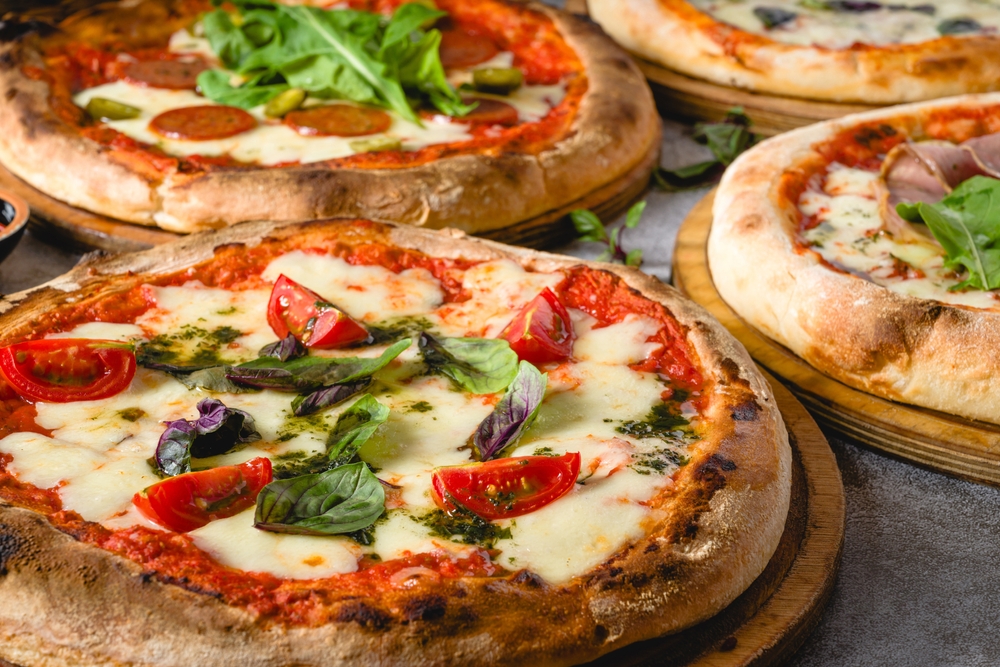
Neapolitan pizza, originating from Naples, Italy, is the traditional pizza that set the foundation for all others. It is characterized by a thin, soft crust that is delicately charred in a wood-fired oven. The dough is made with just four ingredients: flour, water, salt, and yeast, allowing the simplicity of the pizza to shine through. The topping consists of fresh mozzarella, San Marzano tomatoes, a drizzle of olive oil, and a few fresh basil leaves, creating a delicious balance of flavors.
What makes Neapolitan pizza unique is its perfect balance between a crispy, charred exterior and a soft, airy interior. The crust’s lightness and the freshness of its ingredients make each bite a perfect combination of textures and flavors. This iconic pizza is not just a meal but a part of the rich culinary heritage of Naples, recognized by UNESCO as an intangible cultural heritage.
New York-Style Pizza
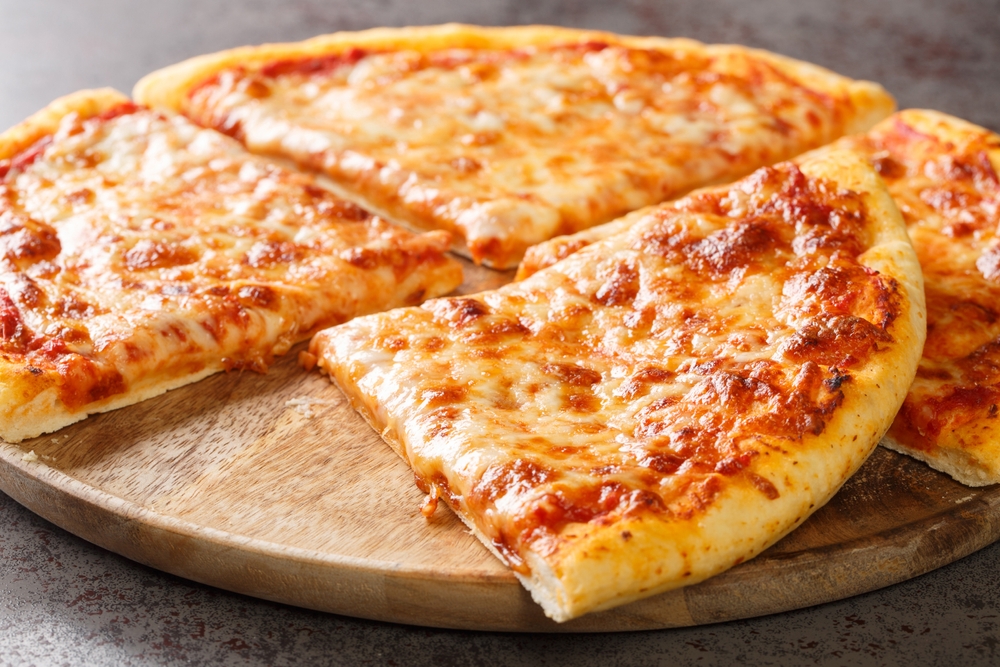
New York-style pizza is famous for its large, thin slices that fold easily in half, making it perfect for a quick bite on the go. The dough is crispy on the outside, slightly chewy on the inside, and is topped with a light layer of tangy tomato sauce and mozzarella cheese. It is typically served in wide slices that are big enough to satisfy your hunger without overwhelming you. The pizza’s thin crust allows for a perfect balance between the sauce and cheese, with just the right amount of flavor in every bite.
New York-style pizza is a favorite because of its simplicity and versatility. It is often enjoyed with a variety of toppings, from pepperoni to vegetables. The ability to fold the slice, combined with the sheer size, makes it the quintessential street food of New York City, drawing locals and tourists to pizzerias all over the city for a taste of this famous regional style.
Chicago-Style Deep-Dish Pizza
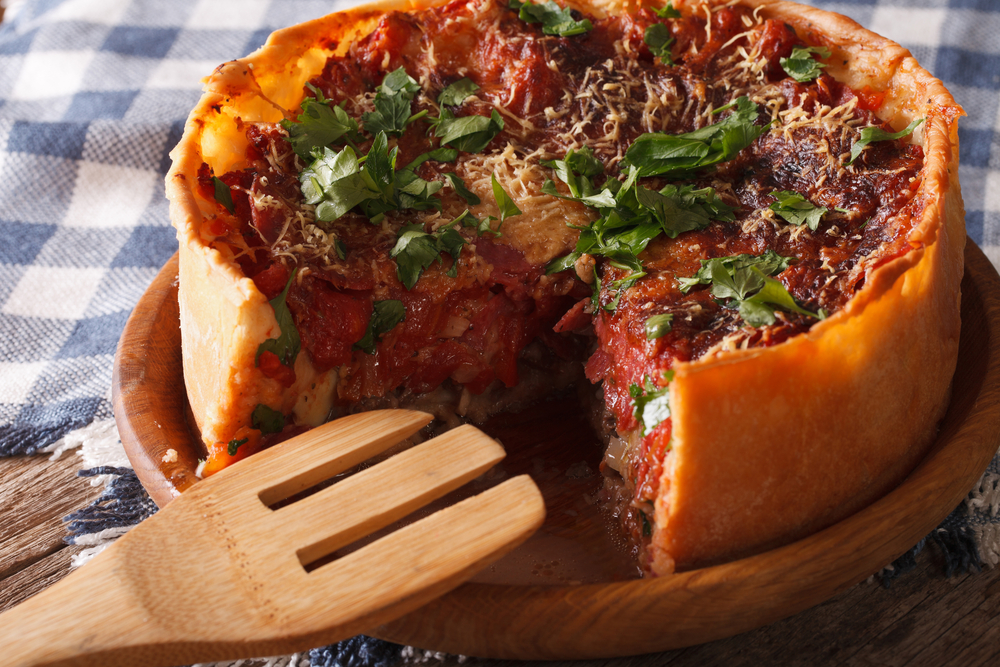
Chicago-style deep-dish pizza is known for its hearty, layered construction, where the crust acts as a sturdy vessel to hold generous amounts of cheese, sauce, and toppings. Unlike traditional pizzas, deep-dish has a buttery, thick crust that forms a high, flaky edge to contain the rich fillings. The pizza is usually topped with a combination of mozzarella, sausage, and pepperoni, and then covered with a thick, flavorful tomato sauce, creating a delicious contrast of textures between the crust and the filling.
This pizza style requires a longer baking time, which allows the layers to melt together and form a substantial, filling meal. The deep-dish pizza’s dense nature makes it more of a casserole than a typical pizza, and it’s perfect for those who enjoy a heartier, more filling dish. Its popularity in Chicago has made it an essential part of the city’s food culture, making it a must-try for anyone visiting the Windy City.
Detroit-Style Pizza

Detroit-style pizza stands out with its rectangular shape and thick, airy crust that is crispy and caramelized on the edges. The pizza is baked in a well-oiled pan, allowing the crust to develop a golden, almost fried texture, which is part of its charm. Traditionally, it is topped with mozzarella cheese, pepperoni, and a rich, tangy tomato sauce that is often applied in a ladle directly on top of the cheese and toppings after baking, rather than under the cheese.
What sets Detroit-style pizza apart is its crispy edges, which are created by the cheese melting and crisping along the sides of the pan. The combination of a fluffy interior and crunchy edges gives each bite a delightful contrast in texture. This pizza is beloved for its deep flavors, crispy crust, and unique style, and it’s a favorite among Detroit locals and pizza enthusiasts looking to try something different.
California-Style Pizza
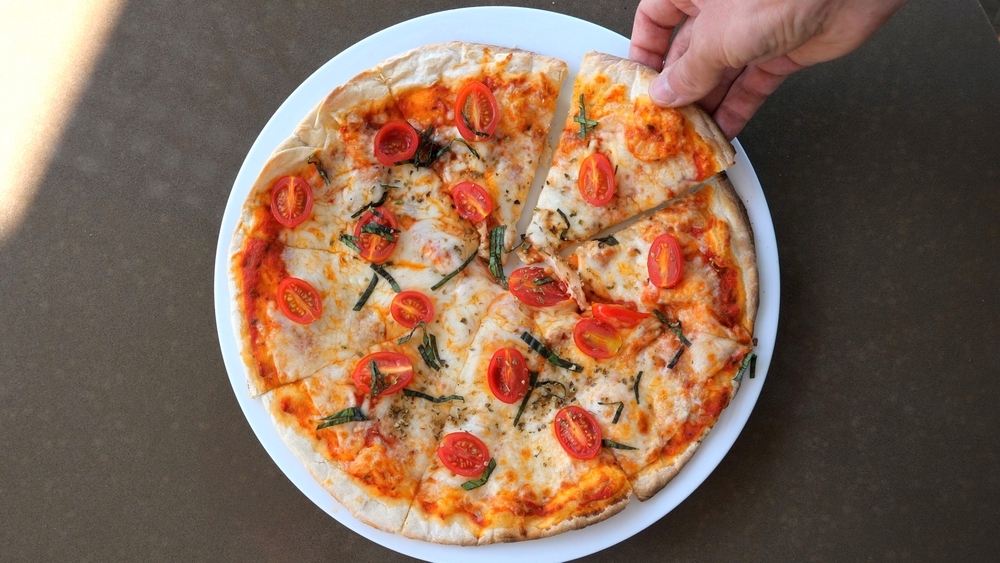
California-style pizza is all about creativity and the use of fresh, seasonal ingredients. Unlike traditional pizzas, the crust is typically thinner and often lighter in texture, allowing the toppings to shine. Known for its unique and innovative toppings, California-style pizzas often feature unusual combinations like goat cheese, smoked salmon, arugula, and even sun-dried tomatoes. This style embraces a more experimental approach to pizza-making, where the pizza is seen as a canvas for new flavor profiles.
This style gained popularity in California, particularly in cities like San Francisco and Los Angeles, where local, organic ingredients play a central role. The focus on fresh produce and non-traditional toppings allows California-style pizza to offer a more modern twist on the classic pie. It’s a perfect choice for those seeking a healthier, lighter alternative to traditional pizzas, while still enjoying the versatility and comfort of pizza.
Sicilian Pizza
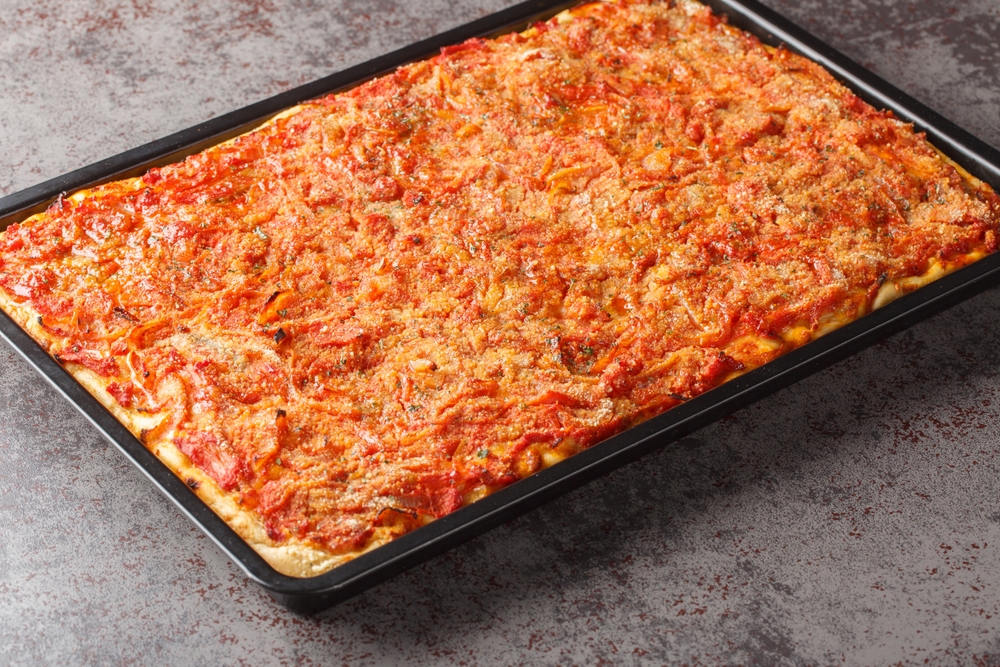
Sicilian pizza, originating from Sicily, Italy, is known for its thick, airy crust and square shape. The dough is fluffy, slightly spongy, and often thicker than other types of Italian pizza, providing a satisfying bite. Traditionally, Sicilian pizza is topped with a rich tomato sauce, mozzarella, and various other ingredients, including anchovies, olives, or onions, to add complexity to the flavor. Its dough is often seasoned with olive oil, which gives the crust a beautiful golden color.
The square shape of Sicilian pizza makes it perfect for feeding a crowd, and it’s a popular choice for family gatherings or parties. The pizza’s hearty texture and savory toppings offer a great balance of crust, sauce, and cheese, making it a satisfying meal for anyone craving a more filling pizza. Sicilian pizza holds a special place in the history of Italian cuisine and has influenced many other regional pizza styles across the globe.
St. Louis-Style Pizza
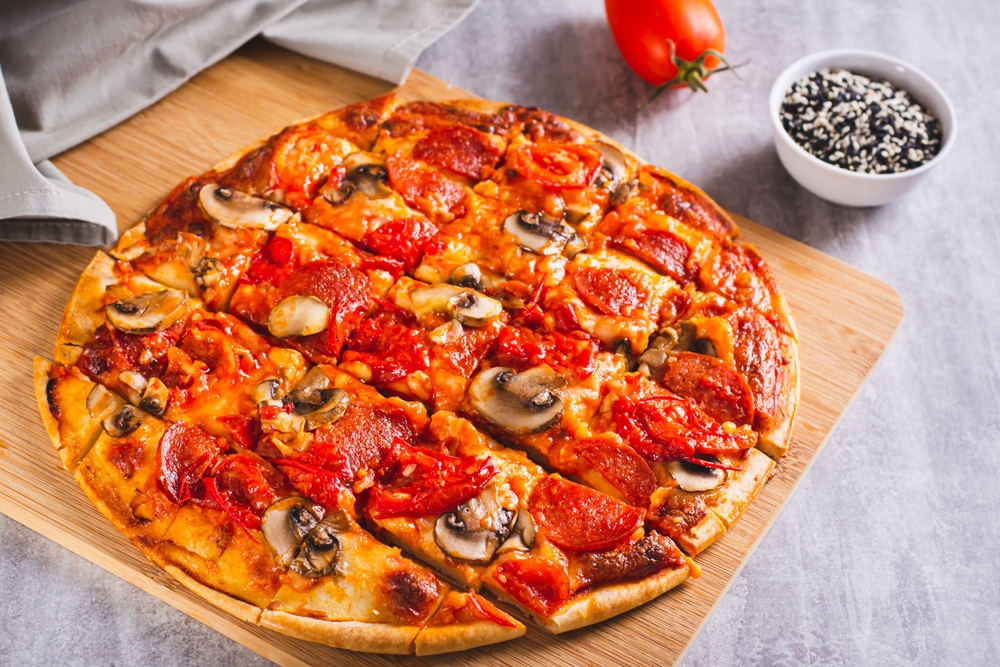
St. Louis-style pizza is known for its thin, cracker-like crust, which is crispy and crunchy from the moment you take a bite. This unique style of pizza uses Provel cheese, a blend of provolone, mozzarella, and cheddar, which creates a smooth, creamy texture that melts beautifully over the pizza. The toppings are generally simple, with a basic tomato sauce spread across the crust, and various meats or vegetables added as desired.
What truly distinguishes St. Louis-style pizza, however, is its cutting technique. Instead of traditional wedge slices, the pizza is cut into small squares or “party cuts,” making it ideal for sharing in large groups. The crispiness of the crust combined with the creamy Provel cheese makes St. Louis-style pizza an intriguing choice for those looking for something different. It’s a regional favorite in the Midwest and offers a great alternative to more traditional pizza styles.
New Haven-Style Pizza (Apizza)
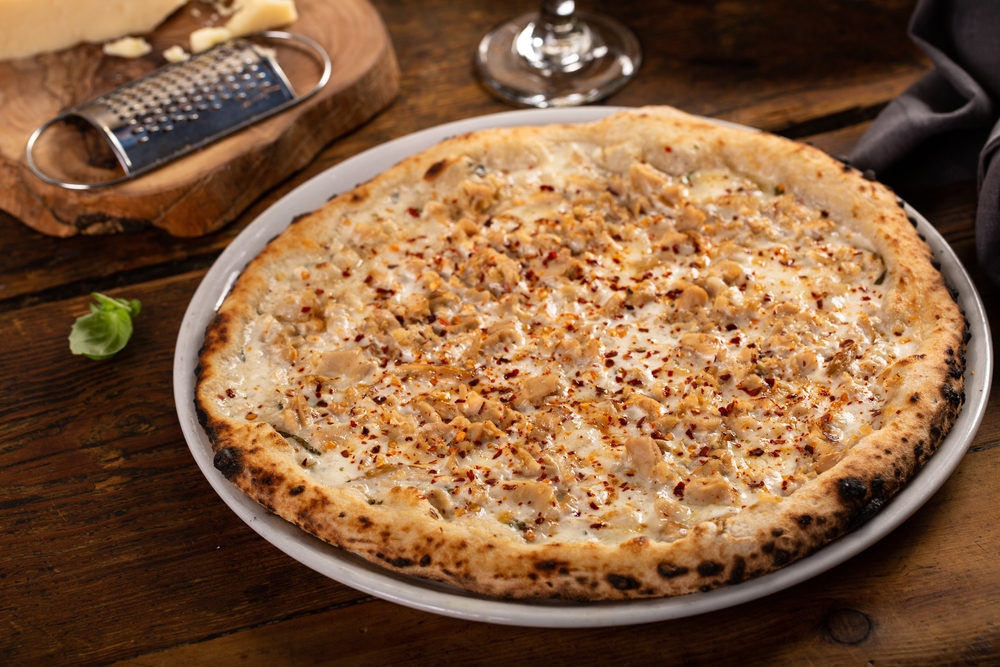
New Haven-style pizza, or “Apizza” (pronounced “ah-beetz”), hails from Connecticut and is a standout for its uniquely charred crust. The pizza is baked in a coal-fired oven, which gives it a crisp, slightly charred texture that adds depth to its flavor. Apizza is traditionally topped with simple, high-quality ingredients, such as mozzarella, tomato sauce, and fresh basil, but it can also include unique toppings like clams, making it a true local delicacy.
The most famous New Haven-style pizza is “white clam pizza,” a combination of fresh clams, garlic, olive oil, and no tomato sauce. The charred, thin crust, combined with the distinctive toppings, makes New Haven-style pizza a true gem in the world of regional pizzas. It’s beloved by locals and visitors alike, offering a flavor profile that’s hard to replicate elsewhere, and its loyal following has made it an iconic part of New Haven’s food culture.
Hawaiian Pizza
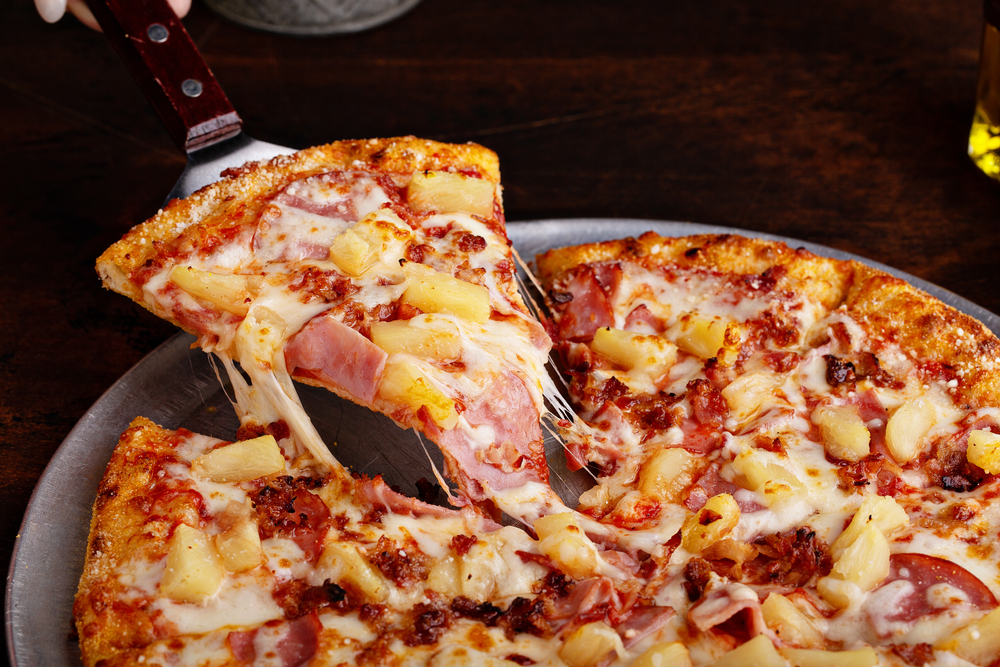
While often debated, Hawaiian pizza, which features a combination of ham and pineapple, has become a beloved regional pizza in parts of Canada and the U.S. The sweet and savory combination of pineapple and ham on top of a classic pizza base creates a flavor contrast that many find irresistible. The crust is typically thick or medium in style, providing the perfect balance to the tangy pineapple and savory ham.
Hawaiian pizza may not be a traditional Italian creation, but it has garnered a large fanbase due to its distinctive combination of flavors. Its controversial topping choice has sparked much debate, but for many, the sweetness of the pineapple and the saltiness of the ham create an unexpectedly delightful balance. Whether you love it or hate it, Hawaiian pizza is certainly a unique regional style worth trying at least once.
Greek Pizza
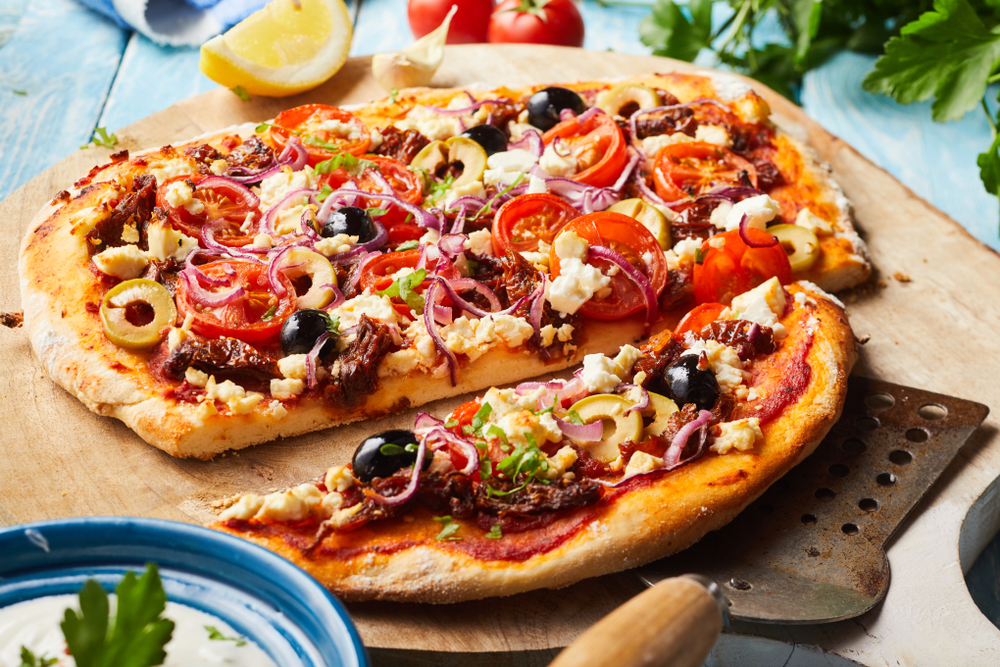
Greek pizza is known for its thick, doughy crust that is often slightly chewy and rich in flavor. It is usually topped with a combination of feta cheese, olives, onions, and tomatoes, giving it a Mediterranean flair. The dough is often seasoned with olive oil and herbs, providing a flavorful base that complements the toppings perfectly. Unlike traditional Italian pizzas, Greek pizza tends to have a more robust, hearty texture, making it an ideal choice for those who prefer a filling pizza.
The influence of Greek immigrants in America gave birth to this distinctive pizza style, and it remains especially popular in the Northeast. The use of ingredients like Kalamata olives and feta cheese sets Greek pizza apart from other regional styles, offering a tangy, salty flavor that pairs perfectly with the rich, thick crust. If you’re a fan of Mediterranean flavors, Greek pizza is a must-try for a unique twist on the classic pie.
Colombian Pizza
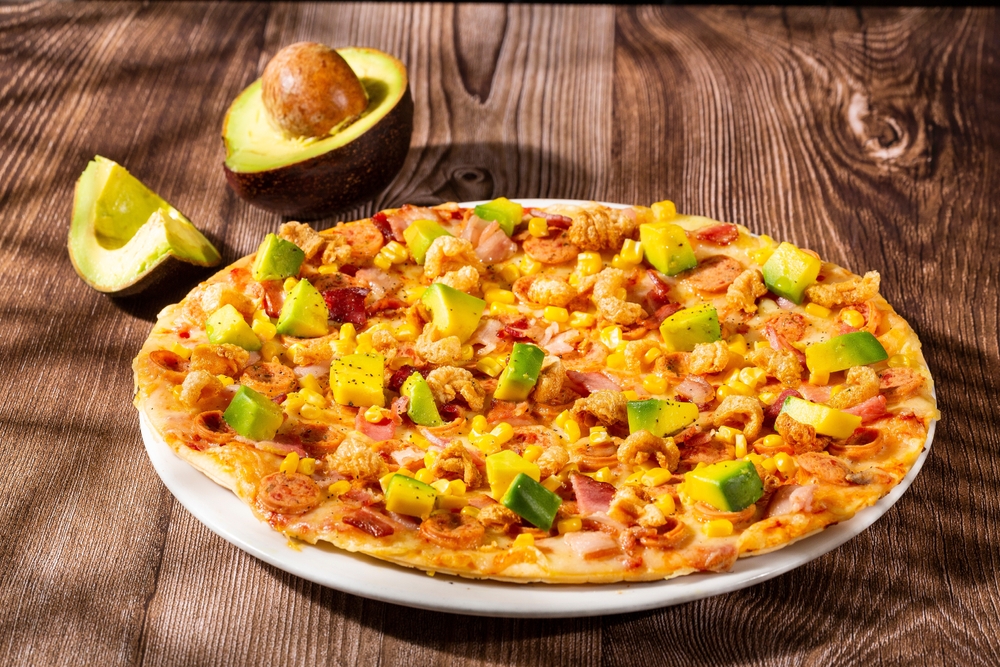
Colombian pizza is often characterized by its use of fresh, local ingredients and a slightly thicker crust. The dough is soft, providing a pillowy base for a variety of toppings, including Colombian favorites like chicken, beef, and sweet plantains. The pizza is typically topped with mozzarella and a tomato-based sauce, but the twist comes with the addition of local ingredients, which give it a unique South American flavor profile.
One of the most popular variations of Colombian pizza is “Pizza de Pollo,” which is topped with chicken and a variety of fresh vegetables. The combination of textures, from the soft crust to the tender chicken, along with the bold flavors of the toppings, makes Colombian pizza a flavorful experience. This style of pizza offers a refreshing departure from the traditional pies found in Italy or the U.S., showcasing the influence of Colombian cuisine.
Portuguese Pizza
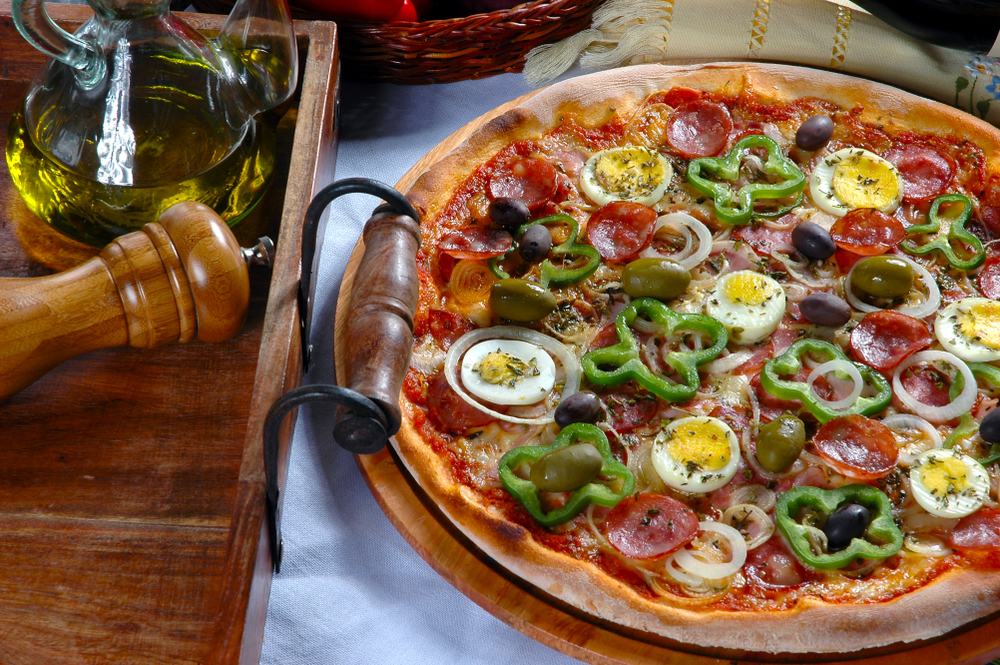
Portuguese pizza is known for its hearty toppings, often including chorizo, bacon, and even seafood, creating a diverse and flavorful combination of ingredients. The dough is typically thicker than Italian-style pizza, offering a more substantial base to hold the rich toppings. In some variations, the pizza is topped with a fried egg in the center, a popular Portuguese touch that adds richness and flavor.
One of the signature elements of Portuguese pizza is its bold use of spices and savory ingredients, giving it a distinct taste. The inclusion of chorizo and seafood is a nod to Portugal’s rich culinary heritage, with each bite delivering a balance of smoky, spicy, and savory flavors. Portuguese pizza is a delightful option for those looking to explore a different, robust pizza style that combines traditional Italian influences with Portuguese ingredients.
Brazilian Pizza
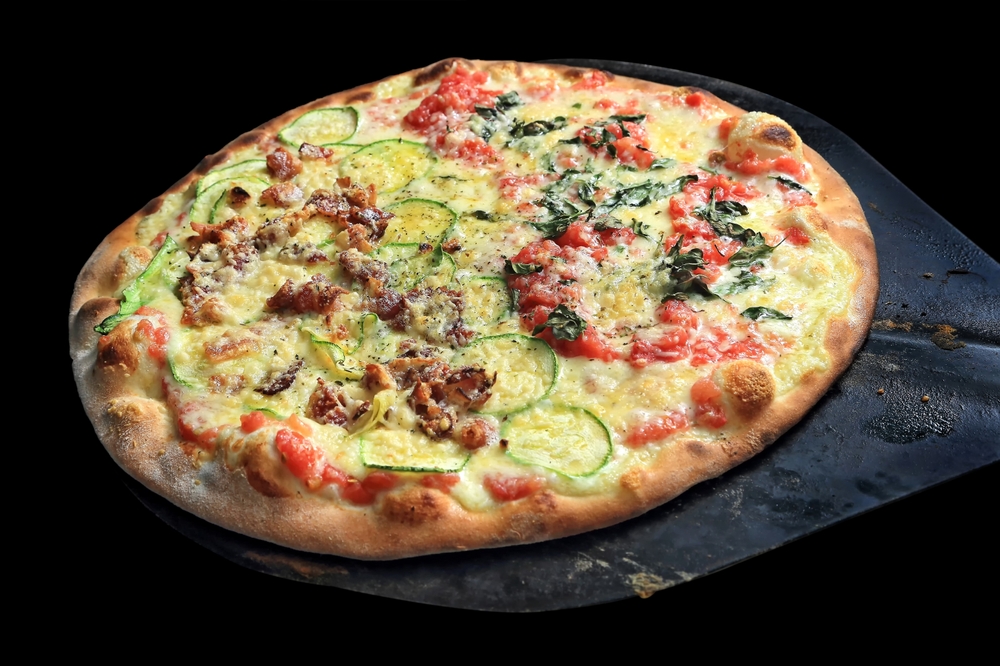
Brazilian pizza is a popular style that combines traditional pizza techniques with unique Brazilian flavors. The dough is typically soft and chewy, with a slightly thicker crust than traditional Italian pizza, which allows for a hearty base that supports a variety of toppings. Brazilian pizzas are often topped with combinations like catupiry cheese, a creamy Brazilian cheese, and even ingredients such as corn and peas, which give the pizza a distinctive flavor profile.
The range of toppings available on Brazilian pizza is vast, with options including everything from shrimp to coconut, reflecting the diversity of Brazilian cuisine. One of the most popular varieties is “Pizza de Frango com Catupiry,” which features chicken and the signature catupiry cheese. The bold flavors and unique ingredient combinations make Brazilian pizza a must-try for pizza enthusiasts looking for something new and exciting.
This article originally appeared on Avocadu.
